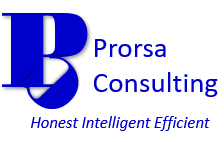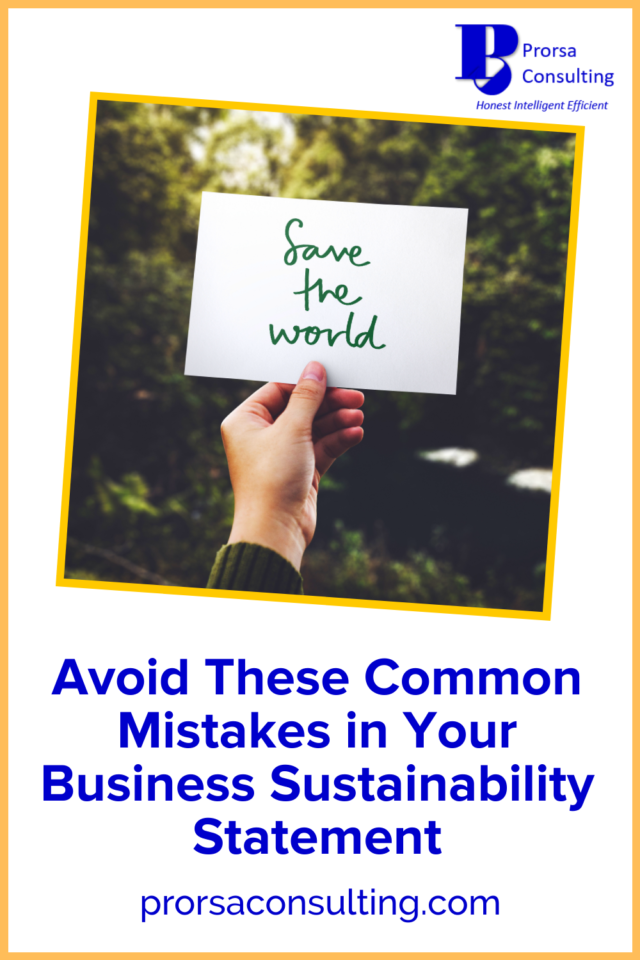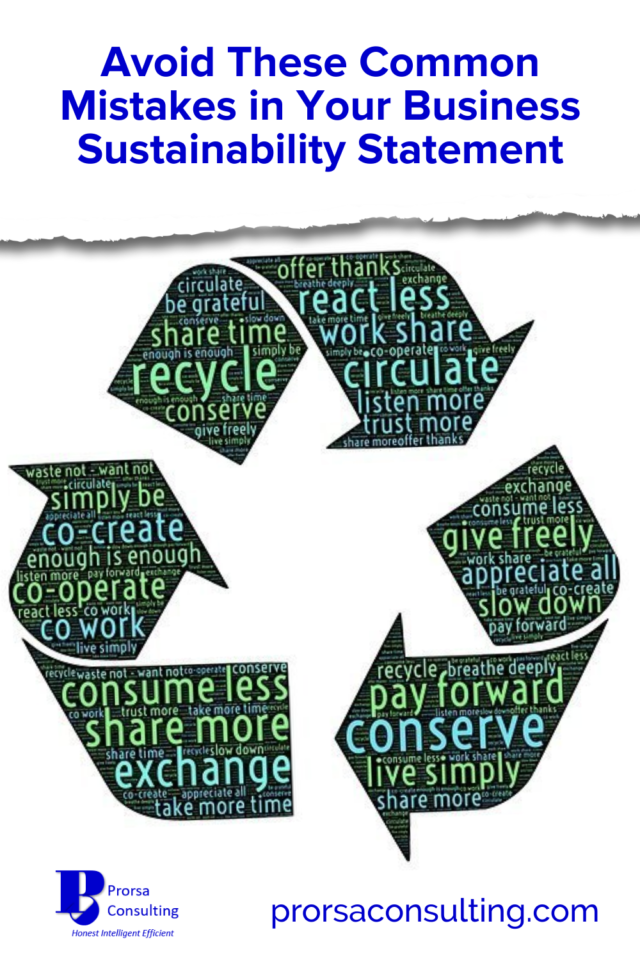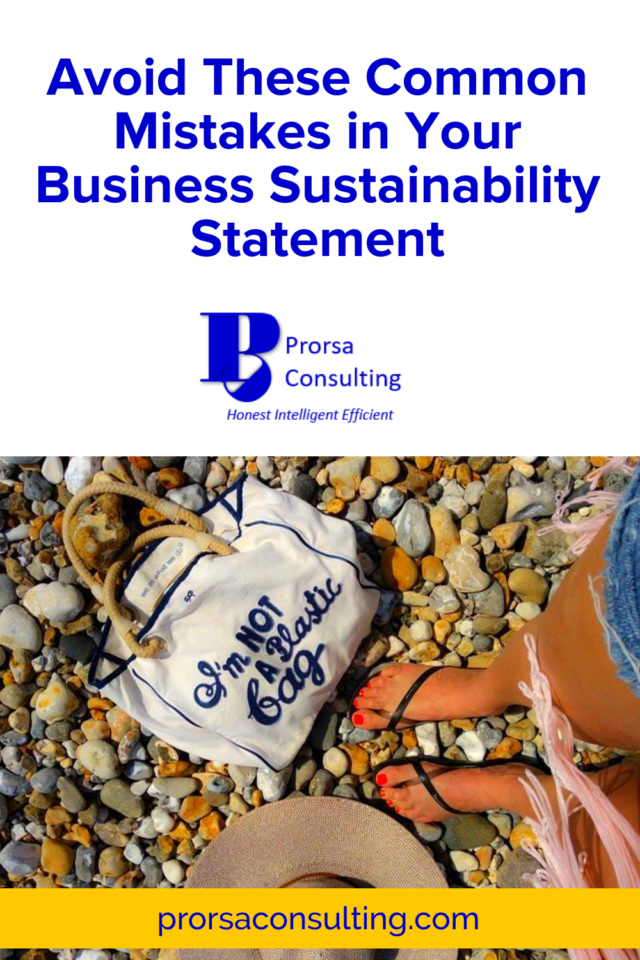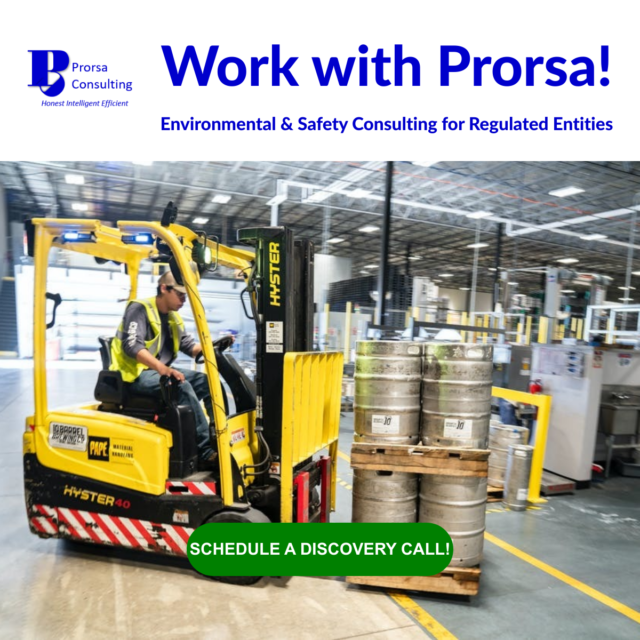Avoid These Common Mistakes in Your Business Sustainability Statement
By : Admin -

Company leaders don’t just wake up one morning and decide to make operations more sustainable.
Often, facilities over time evolve to adopt greener activities. This evolution usually culminates in the official signal of “going green” . . . a published business sustainability statement.
You cannot overstate the importance of a robust, written commitment to sustainable efforts. After all, a vague, uncertain policy can hinder program success.
Keep reading below for common pitfalls to avoid when developing your organization’s sustainability policy.
Pitfall #1: Not Addressing the 3 Pillars of Sustainability
A strong sustainability program encompasses protecting the environment, an equitable society, and a viable economy as foundational principles. When these three pillars – environmental, social, and economic – meet in the middle, sustainability is born.
Consequences of Ignoring the 3 Pillars
First, the Pillars of Sustainability help provide a framework for the policy statement and comprehensive program. Omitting a pillar makes for a weak foundation. Thus, the end product probably will not be sustainable.
Alternatively, organizations may address all the pillars but place too much emphasis on one area over another. This scenario only serves to derail efforts in the weaker pillar(s). The company’s unbalanced sustainability pursuits may ultimately cost the program positive gains.

Image by Mert Guller on unsplash.com.
Integrating the 3 Pillars into a Business Sustainability Statement
Before drafting a sustainable policy, the organization should know what it desires to achieve with a sustainability program. Armed with this information, statement authors must take care to include specific commitments from each pillar while aligning with corporate goals.
Remember, this document will set the tone for the business’s overall approach to sustainability.
Adding value should still drive action, even within a program to promote sustainable operations. However, the benefits reaped through sustainability wins will extend beyond the bottom line financial impacts that control so many business decisions.
Do you still need inspiration to integrate the 3 Pillars in your organization’s business sustainability statement? The Environmental Protection Agency (EPA) supplies an excellent sustainability primer to get the ideas flowing.

Image by Ready Made on pexels.com.
Pitfall #2: Failing to Customize Sustainable Policy for the Organization
Sustainable efforts do not look the same in every company. Taking a “cookie-cutter” approach to constructing a business sustainability statement invites issues later.
After-effects of an Untailored Green Strategy
Organizations can differ in many ways, including their access to resources. Some companies have more resources to devote to sustainable efforts than other organizations.
Consequently, the same sustainability initiative would not create the best environment for the businesses with less to thrive.
Additionally, companies are at their strongest when they live their corporate values. Only through individually-crafted statements will organizations ensure their commitments align with their companies’ missions and visions.
Develop a Distinctive Business Sustainability Statement by Gathering Internal Input
It takes the entire workforce to run your operations successfully. Thus, seeking input on sustainability from all levels of the organization is only prudent.
Different workgroups will have unique perspectives on what is central to the business. Additionally, those who complete the work are best positioned to assess the feasibility of proposed commitments.
Senior leaders need to weigh-in, as well. Those in top management positions can set expectations and shape the sustainability policy to best portray core values.
Pitfall #3: Committing to Unrealistic Goals in a Business Sustainability Statement
Grand achievements look great on paper. However, implementing actions to attain superb end results may present a challenge. Failing to deliver only compounds the situation.
Costs of Unworkable Commitments
Not living up to public promises provides a surefire way to damage a company’s reputation. With the advent of social media, unsavory perceptions about a business amplify quickly.
Furthermore, shooting for unlikely outcomes can quickly drain employee morale. No one wants to chase an unachievable goal because the journey ends in frustration.
Organizations need their workers firmly onboard to succeed in any sustainability effort. You do not want to offend employees with a business sustainability statement containing fantasy objectives.

Image by Fauxels on pexels.com.
Learn to Inspire While Keeping Things Manageable
Almost every business has at least one sustainable activity already engrained in its process, even without a formal sustainability program. Facilities do not have to reinvent the wheel.
Celebrate what is already sustainable within the organization by building upon it. Start by committing to stretch activities that add value to former achievements. SMART goals can define targets while keeping them attainable.
Leaders must communicate the need for intense work to reach defined sustainability targets. Moreover, they should also reinforce the benefits of a sustainable future as incentives to engage workers.
Related Business Sustainability Posts
Simple Ways to Dip Your Toe into Environmental Sustainability in Business Today
Top Management Commitment in EHS: The Surprise Defense to a Deficient Culture
The Power of Corporate Social Responsibility: Why It’s Essential for Businesses Today
Final Thoughts
A well-developed business sustainability statement publicly communicates a corporate commitment to sustainable actions. It also set the tone and expectations for internal sustainability success.
Therefore, organizations should make sure to avoid common mistakes when creating this crucial sustainability document.
We encourage feedback on this blog. Be sure to like, comment, and share if you enjoyed the content. You can also provide us with feedback via our Contact Us page.
Follow Prorsa Consulting on LinkedIn, Pinterest, and Twitter!
Prorsa Consulting works with regulated businesses to assess, maintain, and enhance environmental and safety compliance to lower business risk. Schedule a discovery call today to start down the path to better EHS performance.
How would you like to have access to additional, exclusive EHS updates & info from Prorsa Consulting? Just signup for the Prorsa Consulting Newsletter below. You’ll get access to our Free Resources area and all the tools, templates, and presentations in the library. Get your free subscription today!
Avoid These Common Mistakes in Your Business Sustainability Statement
